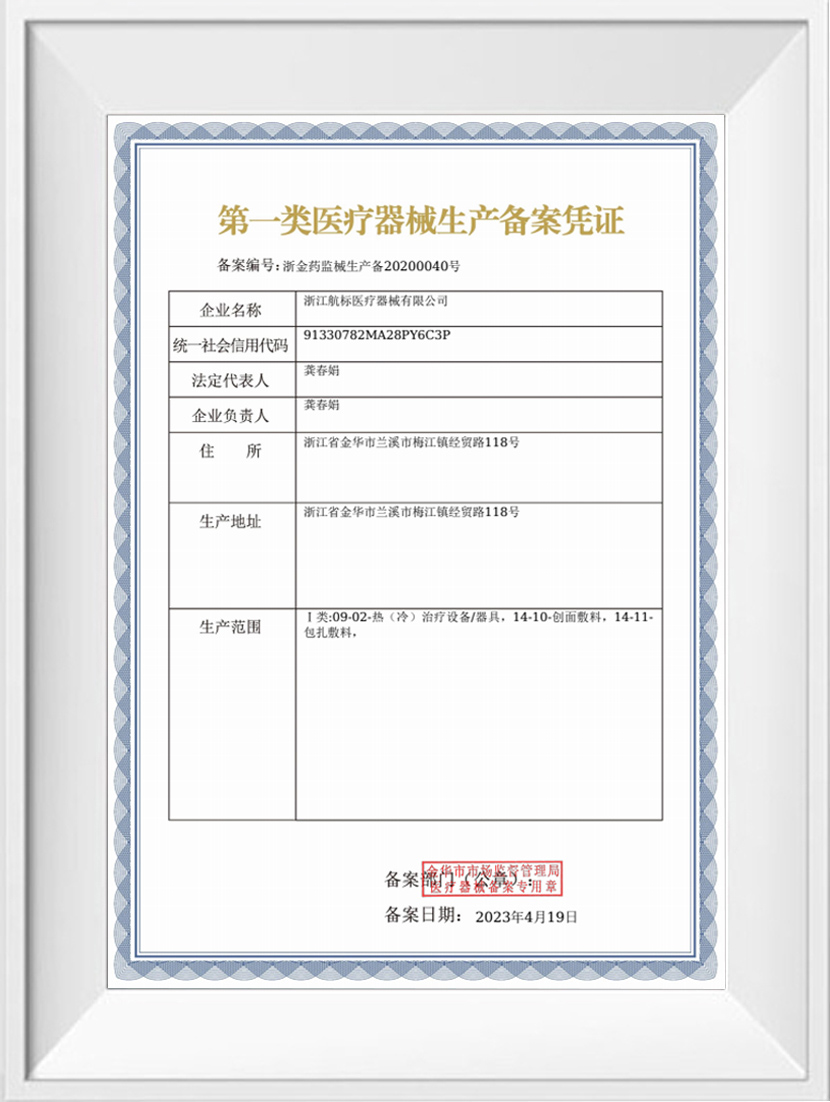Introduction
Silicone Scar Reducing Tape has become a popular option for managing scars due to its ease of application and effectiveness in improving scar appearance. As with many adhesive-based products, a common question arises regarding whether this tape can be reused multiple times or if it is strictly designed for single use. This article explores the properties of Silicone Scar Reducing Tape related to reusability, the factors affecting its adhesion, and the practices for ensuring safe and effective use.

Design and Adhesive Characteristics
Silicone Scar Reducing Tape features a medical-grade silicone adhesive designed to provide secure, yet gentle adhesion to the skin. This adhesive is optimized to maintain a strong bond while allowing painless removal without damaging sensitive scar tissue or surrounding skin. However, the adhesive’s performance is high during the application when it is clean and fully intact. Once removed, the adhesive surface is exposed to skin oils, dirt, and moisture, which significantly reduces its ability to stick effectively if reapplied.
Limitations of Reusing Silicone Scar-Reducing Tape
Reusing Silicone scar-reducing tape is generally not recommended. After the initial use, the adhesive layer loses its stickiness due to contamination and wear. Attempting to reuse the tape often results in poor adhesion, causing premature peeling or complete detachment. This not only compromises the therapeutic benefits but may also increase the risk of skin irritation as the tape may move or rub against the skin. Moreover, reusing the tape can introduce bacteria or dirt onto the skin, potentially causing infection or delayed healing.
Impact on Scar Treatment Effectiveness
The success of Silicone Scar Reducing Tape in improving scar appearance depends largely on consistent and proper adhesion. When the tape fails to adhere well, the protective barrier and occlusive environment needed for suitable scar healing are compromised. Poor adhesion reduces hydration and pressure effects, which are key mechanisms in scar remodeling. Therefore, using fresh tape as recommended ensures good therapeutic outcomes.
Cost Considerations and Alternatives
While the idea of reusing tape might appeal to those concerned about cost, it is important to weigh this against the loss of efficacy and potential skin health risks. Manufacturers design Silicone Scar Reducing Tape for repeated daily wear over extended periods by replacing it regularly rather than reapplying the same piece multiple times. For those seeking cost-effective options, purchasing in bulk or exploring reusable silicone sheets, which are designed differently, might be a better alternative.
Practices for Safe and Effective Use
To improve the benefits of Silicone Scar Reducing Tape, it is advisable to follow the manufacturer’s guidelines regarding application duration and replacement frequency. Applying the tape to clean, dry skin helps maintain adhesion and comfort. When removing the tape, doing so gently decreases skin irritation. Discarding used tape and applying a fresh piece ensures continuous protection and treatment of the scar. Proper skin care alongside tape use supports overall healing and scar appearance improvement.
Conclusion
Silicone Scar Reducing Tape is intended for single use only due to the limitations of its adhesive properties once removed. Reusing the tape causes reduced adhesion, diminished treatment effectiveness, and potential skin irritation or infection. Adhering to recommended usage guidelines by applying fresh tape regularly is essential for suitable scar management. Users concerned about cost or sustainability should consider purchasing in larger quantities or consulting healthcare professionals about alternative scar care solutions.



